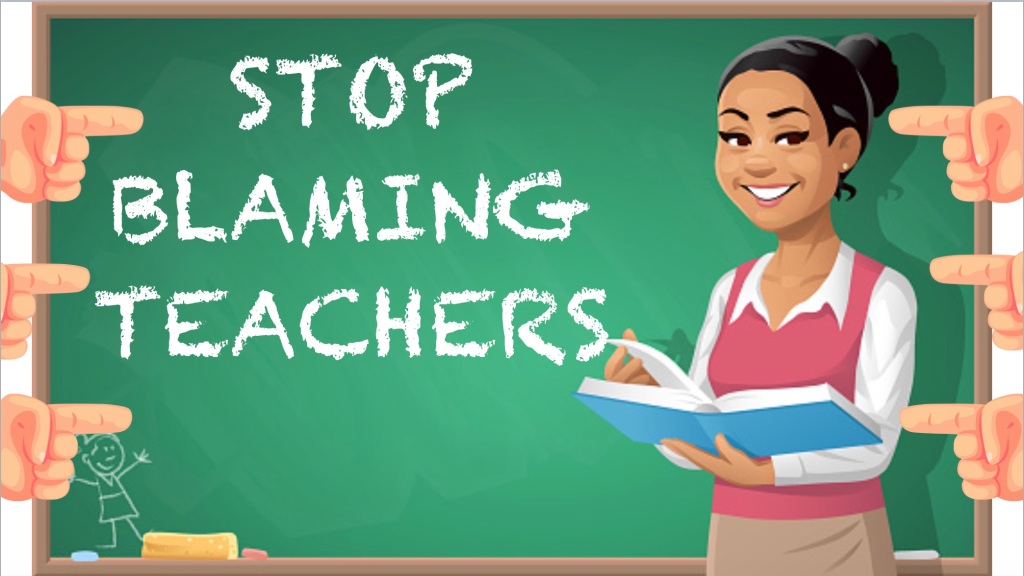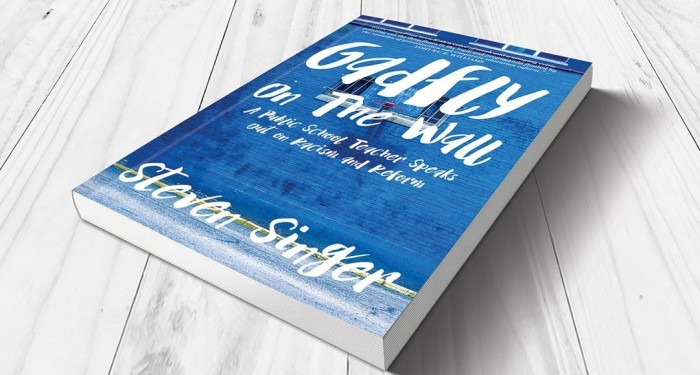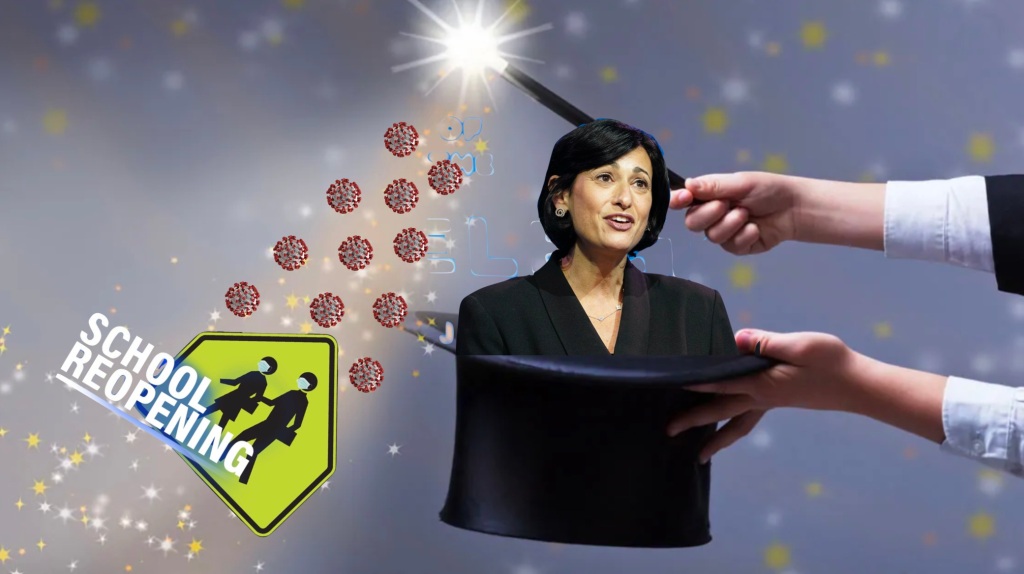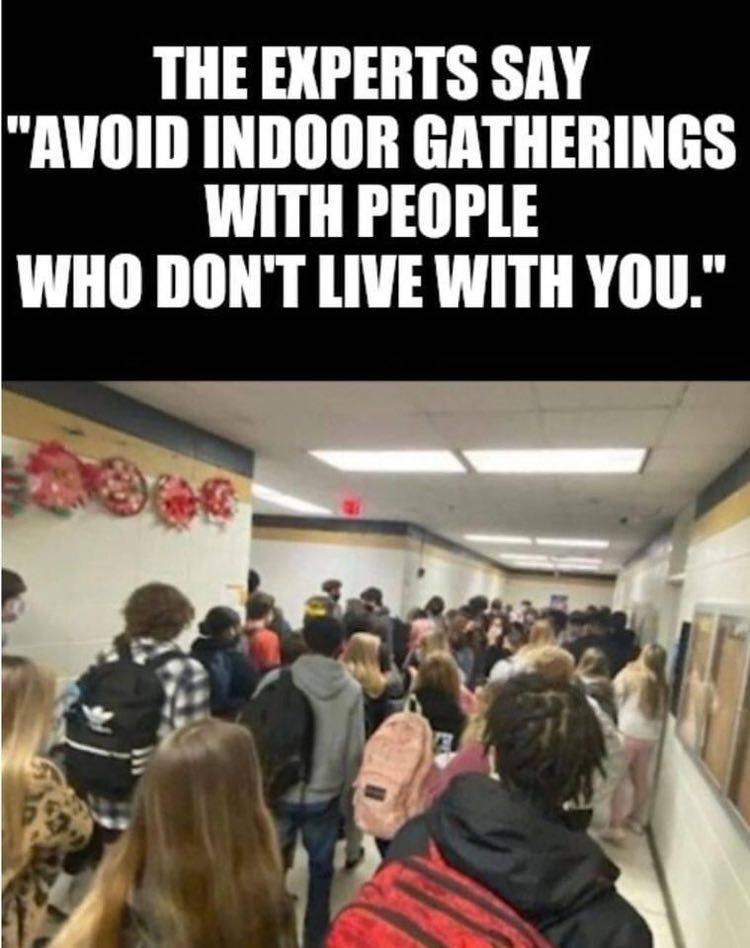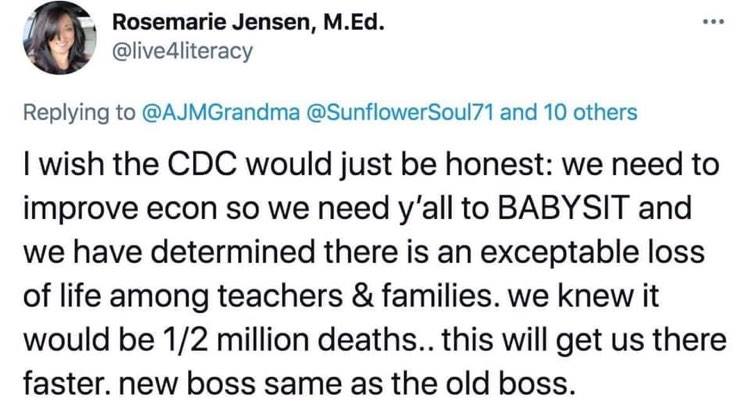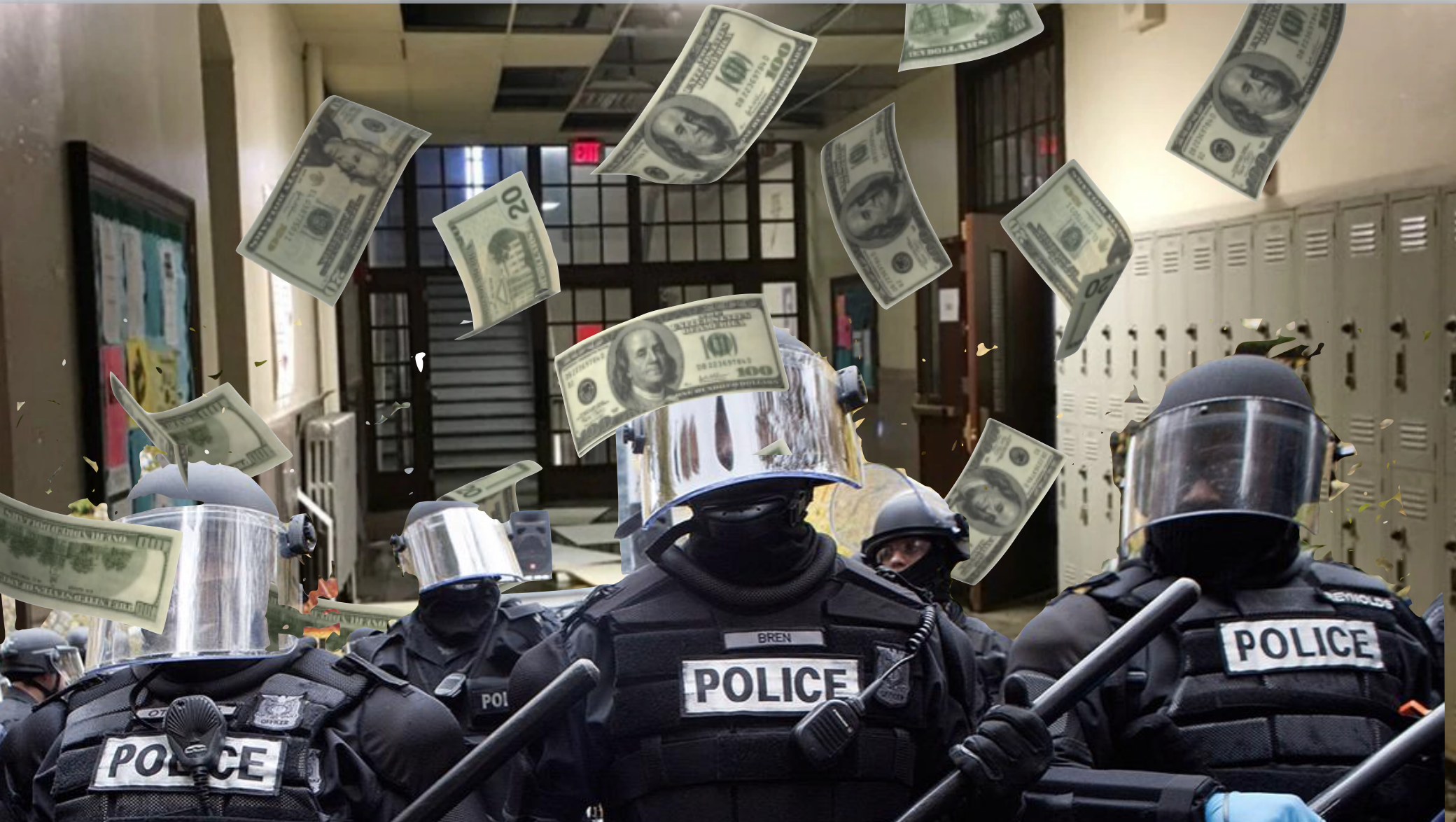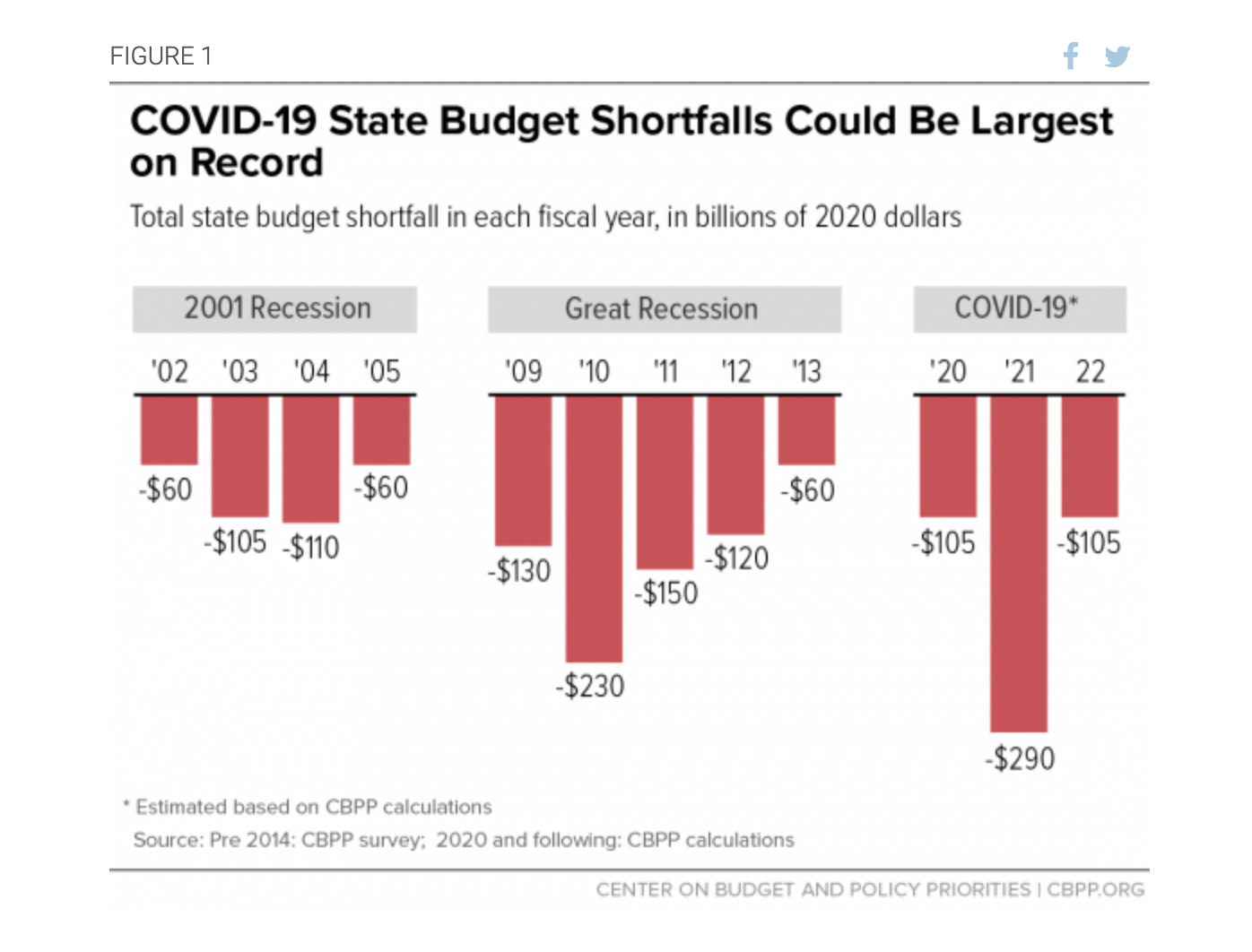
Teach for America (TFA) was a solution to a problem it helped create.
Educators have been leaving the profession for decades due to poor salary, poor working conditions, heavy expectations and lack of tools or respect.
So Wendy Kopp, when in Princeton, created a program to fast track non-education majors into the classroom where they would teach for a few years and then enter the private sector as “experts” to drive public policy.
These college graduates would take a five week crash course in education and commit to at least two years in the classroom thereby filling any vacant teaching positions.
Surprise! It didn’t work.
In fact, it made things worse. Apparently deprofessionalizing education isn’t an incentive to dive into the field.
That isn’t to say everyone who went through the program became a bad teacher. But the few good and committed educators that did come through the program could have done so even more successfully by graduating with a degree in education.
Now the organization created in 1990 is expecting its lowest enrollment in 15 years. TFA anticipates placing slightly less than 2,000 teachers in schools across the country this fall. That’s two-thirds of the number of first-year teachers TFA placed in schools in fall 2019, and just one-third of the number it sent into the field at its height in 2013.
Apparently fewer people than ever don’t want to train for four to five years to become lifelong teachers – and neither do they want to be lightly trained for a few years as TFA recruits, either – even if that means they can pass themselves off as education experts afterwards and get high paying policy positions at think tanks and government.
On the one hand, this is good news.
Watering down what it means to be a teacher is even less popular than actually being an educator.
On the other hand, we have a major crisis that few people are prepared to handle.
The US is losing teachers at an alarming rate.
After decades of neglect only made worse by the Covid-19 pandemic, we’re missing almost a million teachers.
Nationwide, we only have about 3.2 million teachers left!
According to the Bureau of Labor Statistics, there are 567,000 fewer educators in our public schools today than there were before the pandemic. And that’s on top of already losing 250,000 school employees during the recession of 2008-09 most of whom were never replaced. All while enrollment increased by 800,000 students.
Meanwhile, finding replacements has been difficult. Across the country, an average of one educator is hired for every two jobs available.
Not only are teachers paid 20% less than other college-educated workers with similar experience, but a 2020 survey found that 67% of teachers have or had a second job to make ends meet.
It’s no wonder then that few college students want to enter the profession.
Over the past decade, there’s been a major decline in enrollment in bachelor’s degree programs in education.
Beginning in 2011, enrollment in such programs and new education certifications in Pennsylvania — my home state— started to decline. Today, only about a third as many students are enrolled in teacher prep programs in the Commonwealth as there were 10 years ago. And state records show new certifications are down by two-thirds over that period.
To put that more concretely, a decade ago roughly 20,000 new teachers entered the workforce each year in the Commonwealth, while last year only 6,000 did so, according to the state Department of Education (PDE).
But don’t look to most of the so-called experts to solve the problem. A great deal of them are former TFA recruits!
Through programs like TFA’s Capitol Hill Fellows Program, alumni are placed in full-time, paid staff positions with legislators so they can “gain insights into the legislative process by working in a Congressional office” and work “on projects that impact education and opportunities for youth.”
Why do so many lawmakers hire them? Because they don’t cost anything.
Their salaries are paid in full by TFA through a fund established by Arthur Rock, a California tech billionaire who hands the organization bags of cash to pay these educational aides’ salaries. From 2006 to 2008, alone, Rock – who also sits on TFA’s board – contributed $16.5 million for this purpose.
This isn’t about helping lawmakers understand the issues. It’s about framing the issues to meet the policy initiatives of the elite and wealthy donors.
It’s about selling school privatization, high stakes testing and ed-tech solutions.
As US Rep. Alexandria Ocasio-Cortez (D-New York) said on a call with Justice Democrats:
“I don’t think people who are taking money from pharmaceutical companies should be drafting health care legislation. I don’t think people who are taking money from oil and gas companies should be drafting our climate legislation.”
I’d like to add the following: people taking money from the testing and school privatization industry shouldn’t be drafting education policy. People who worked as temps in order to give themselves a veneer of credibility should not be treated the same as bona fide experts who dedicate their lives to kids in the classroom.
The whole point of this scam is to serve the needs of the privatization movement.
Investors want to change public education into a cash cow. They want to alter the rules so that corporations running districts as charter or voucher schools can cut services for children and use the extra cash for profits.
And that starts with teachers.
If we allow privatizers to replace well-prepared and trained teachers with lightly trained temps, we can reduce the salaries we pay instructors. We delegitimize the profession. We redefine the job “teacher.” It’s no longer a highly-trained professional. It’s something anyone can do from off the street – thus we can pay poverty wages.
And the savings from cutting salaries can all go into our corporate pockets!
This kind of flim-flam would never be allowed with our present crop of highly trained professionals because many of them belong to labor unions. We have to give them the boot so we can exterminate their unions and thus provide easy pickings for the profiteers.
This helps explain why so many plans to address the teacher exodus are focused almost exclusively on recruiting new hires while completely ignoring the much larger numbers of experienced teachers looking for the exits.
According to the National Education Association (NEA), it is teachers who are quitting that is driving a significant part of the current educator shortage. More teachers quit the job than those who retire, are laid off, are transferred to other locations, go on disability or die. And this has remained true almost every year for the last decade with few exceptions.

To put it another way, you can’t stop a ship from sinking if you don’t plug up the leak first!
But experienced teachers always have been the biggest obstacle to privatizing public schools and expanding standardized testing.
That’s why replacing them with new educators has been one of the highest priorities of corporate education reform.
After all, it’s much harder to try to indoctrinate seasoned educators with propaganda that goes against everything they learned to be true about their students and profession in a lifetime of classroom practice than to encourage those with no practical experience to just drink the Kool-Aid.
So it should come as no surprise that supply side policymakers are using the current teacher exodus as an excuse to remake the profession in their own image.
As Rahm Emanuel, Chief of Staff to President Barack Obama (Later Chicago Mayor) said:
“You never let a serious crisis go to waste. And what I mean by that [is] it’s an opportunity to do things you think you could not do before.”
If our policymakers really want to solve the problem, we’d spend at least as much time keeping the experienced teachers we have as trying to get new ones to join their ranks.
Research shows that teacher experience matters.
“The common refrain that teaching experience does not matter after the first few years in the classroom is no longer supported by the preponderance of the research,” Tara Kini and Anne Podolsky write in Does Teaching Experience Increase Teacher Effectiveness?
“We find that teaching experience is, on average, positively associated with student achievement gains throughout a teacher’s career.”
Their analysis is based on 30 studies published over the past 15 years and concludes:
1) Experienced teachers on average are more effective in raising student achievement (both test scores and classroom grades) than less experienced ones.
2) Teachers do better as they gain experience. Researchers have long documented that teachers improve dramatically during their first few years on the job. However, teachers make even further gains in subsequent years.
3) Experienced teachers also reduce student absences, encourage students to read for recreational purposes outside of the classroom, serve as mentors for young teachers and help to create and maintain a strong school community.
The road to keeping experienced teachers isn’t exactly mysterious.
First, there must be an increase in salary. Teacher pay must at least be adequate including the expectation that as educators gain experience, their salaries will rise in line with what college graduates earn in comparable professions. This is not happening now.
In addition, something must be done to improve teachers working conditions. Lack of proper support and supportive administrators is one of the main reasons experienced teachers leave a building or the profession.
And perhaps most obviously, politicians have to stop scapegoating educators for all of society’s problems and even for all of the problems of the school system. Teachers don’t get to make policy. They are rarely even allowed a voice, but they are blamed for everything that happens in and around education.
If we want teachers to work with socially disadvantaged students, they must be provided with the institutional supports needed to be effective and steadily advance their skills.
But this requires making education a priority and not a political football.
To do that, you would need to stop bankrolling organizations like TFA.
However, the billionaires funding school privatization and the standardized testing industry would never allow it.
So unlike our public schools, as fewer and fewer applicants come to TFA, there will always be money to keep it afloat.
Those who are causing the teacher exodus will never be the ones to fix it.
Like this post? You might want to consider becoming a Patreon subscriber. This helps me continue to keep the blog going and get on with this difficult and challenging work.
Plus you get subscriber only extras!
Just CLICK HERE.

I’ve also written a book, “Gadfly on the Wall: A Public School Teacher Speaks Out on Racism and Reform,” now available from Garn Press. Ten percent of the proceeds go to the Badass Teachers Association. Check it out!




